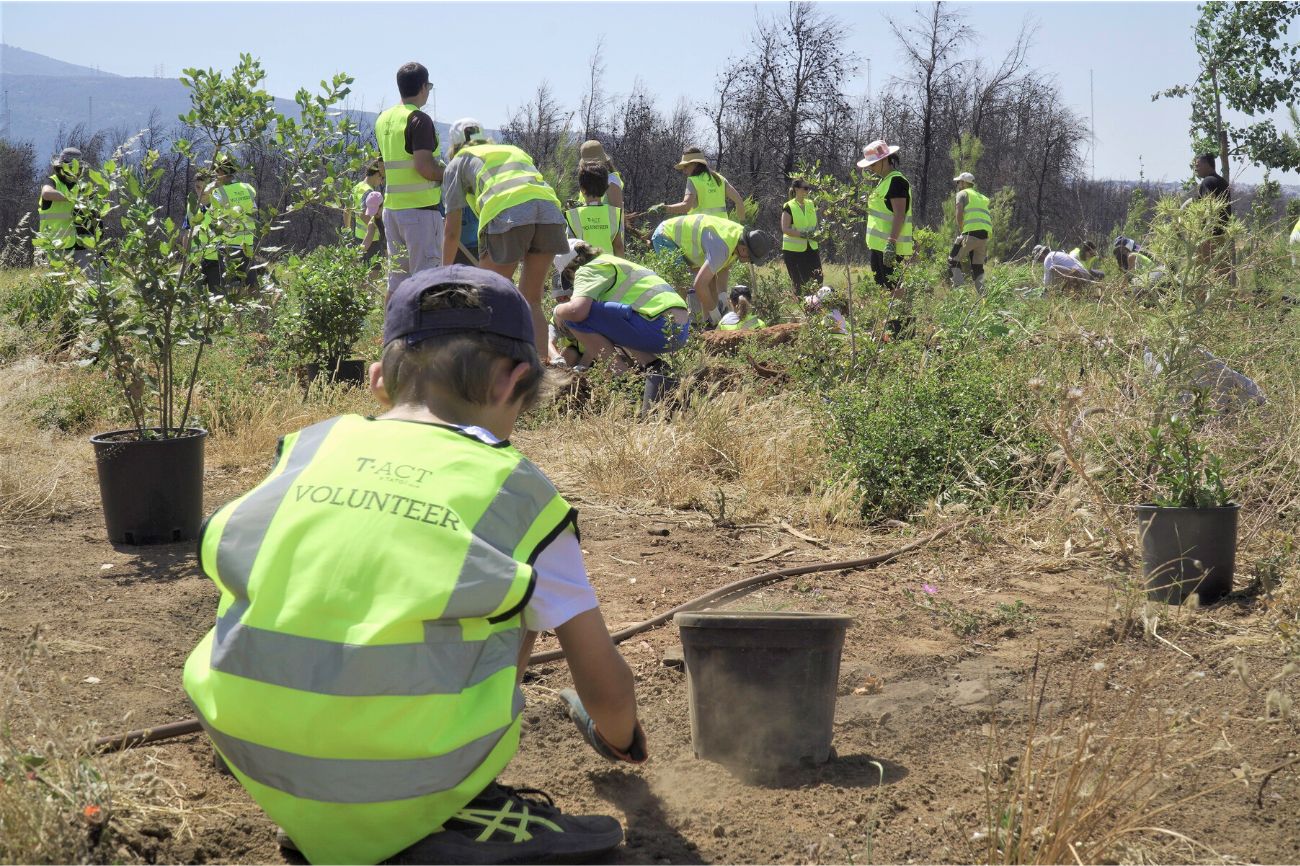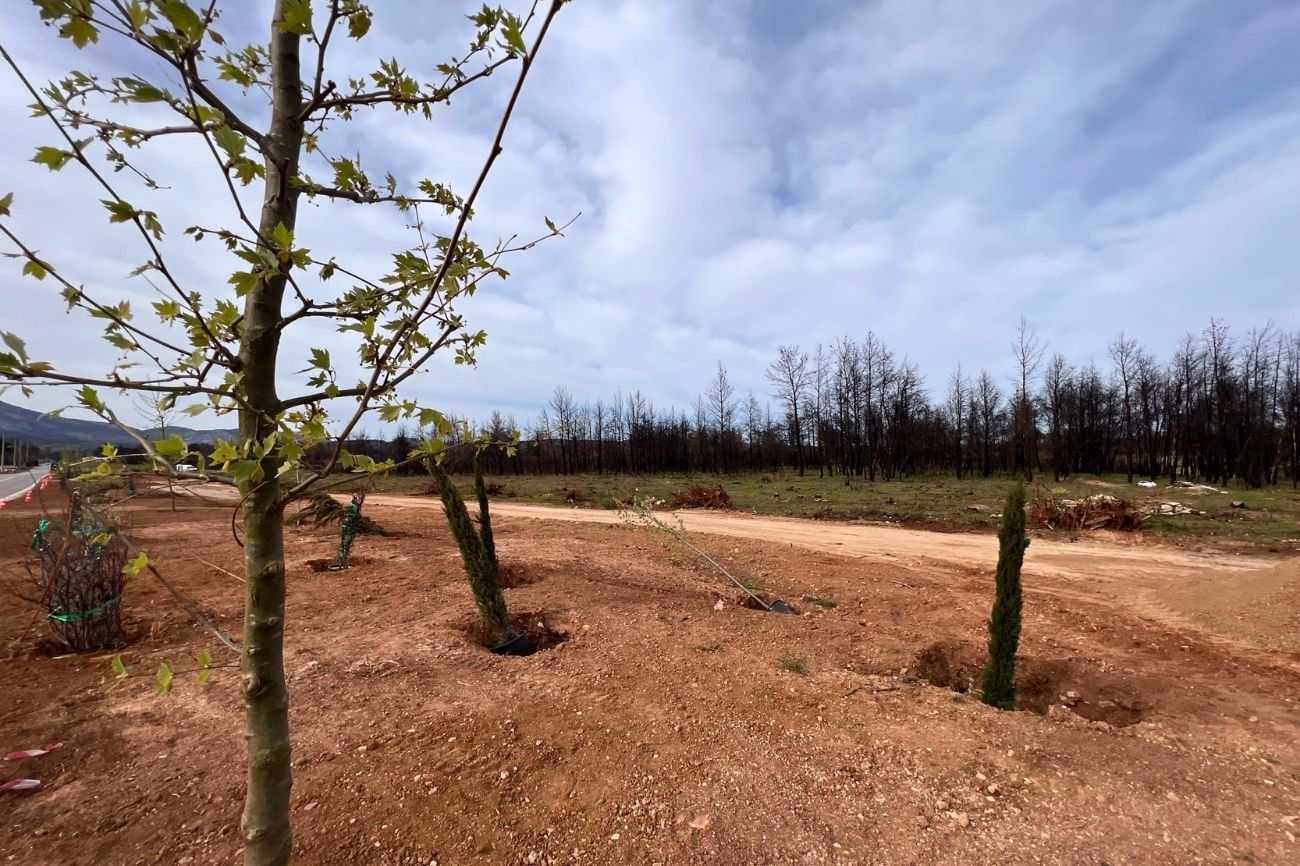
Did you know that you too can transform the organic waste of your kitchen and garden into compost?
Composting at home is easy, just follow these simple steps:
-
- Purchase a special container that can be placed in an outdoor area.
- The aim is to create layers of materials to facilitate the composting process and the circulation of air.
- Start by lining the container with a layer of branches.
- Continue by creating alternating layers of materials, making sure to wet the layers as you proceed:
- First layer: substances rich in carbon (yellow leaves, sawdust from un-processed wood or straw, paper napkins, used coffee filter papers, ash from un-processed wood).
- Second layer: green materials rich in nitrogen (cut grass, flowers, rinds and leftovers of fruits and vegetables, coffee grinds, tea bags, crushed egg shells)
- Third layer: earth from our garden or ready
Useful tips:
-
-
- The ratio of green materials to brown should be 1:3 in order to replicate the nitrogen-carbon ratio found in nature.
- Remember to frequently mix the contents of the materials, in order to help the air circulate. This accelerates the breakdown of the material while preventing unpleasant smells. Caution! The container can still make compost without being mixed, however the process will take more time.
- The mix will need to remain damp at all times. To maintain the composts humidity make sure to water it when adding layers of material or when mixing it.
- Do not add any form of fats, oils, lemons, vinegar, acids, cooked food, animal products, egg yolks, egg whites, roots or seeds into your compost container.
- The time required to make your own compost depends on how frequently you mix and water the materials in the container. The more often you follow these procedures, the faster the production. Calculate approximately 2 months up to 1 year.
- If the container has multiple lids, you can add new substances from the top and remove the ready compost from the bottom. If your compost bin only has one lid, you should empty the contents carefully into a pile every 3 months. Take an empty container and layer the bottom part with some twigs. Add the top layer of your pile, which has not yet converted into compost, to the base of the container. Continue with the second layer and then repeat the procedure 1-3 , as instructed above.
- The last layer of the pile contains the compost. To understand if the compost has matured and is ready for use, take a small amount into your hands and smell it. If the smell is pleasant and reminds you of a forest after it has rained, then the compost is ready to be used! If the smell is not pleasant, then the compost is not ready and you should return it to the container or use it as a protective cover for your flower beds.
-
You can mix approximately 7-10 inches of ready-made compost on the surface of the soil in order to take advantage of all it’s properties. Alternatively, you can derive a small amount of compost and make compost tea in order to fertilize and protect your plants.





